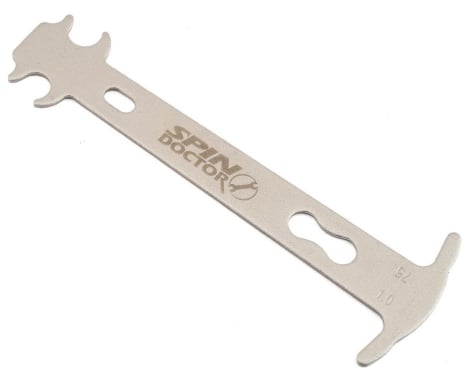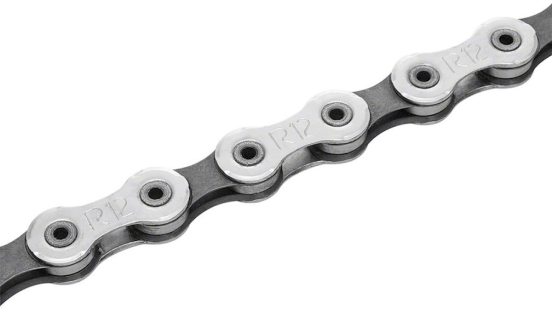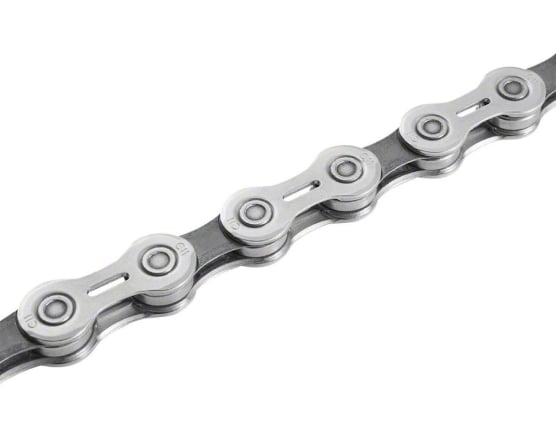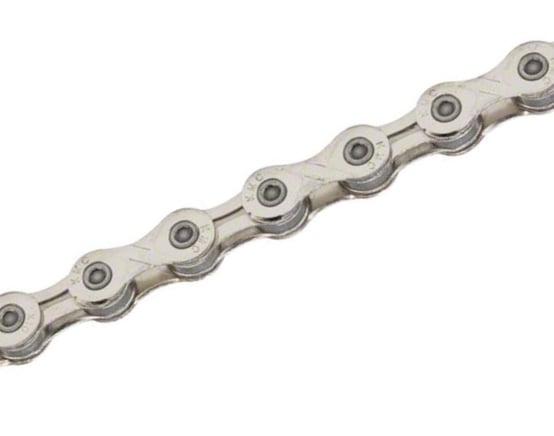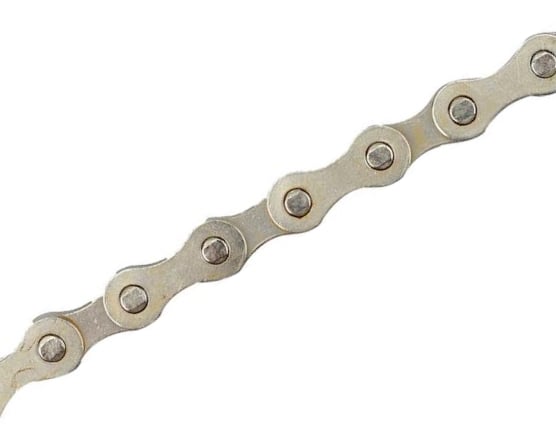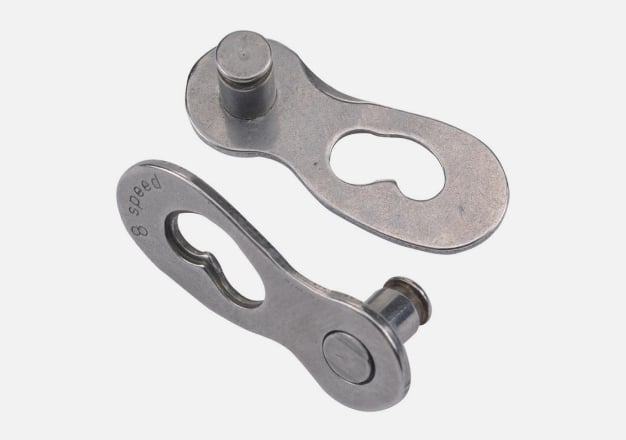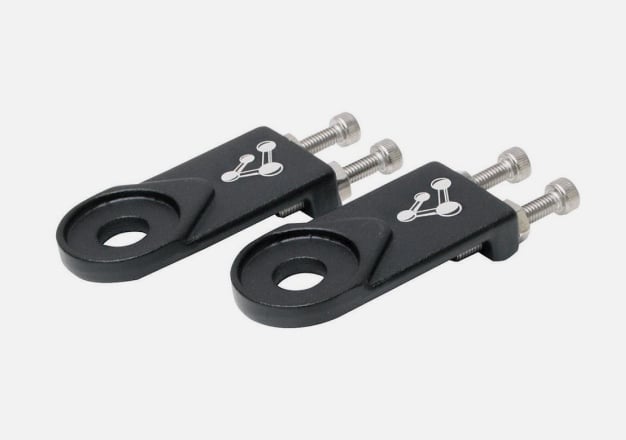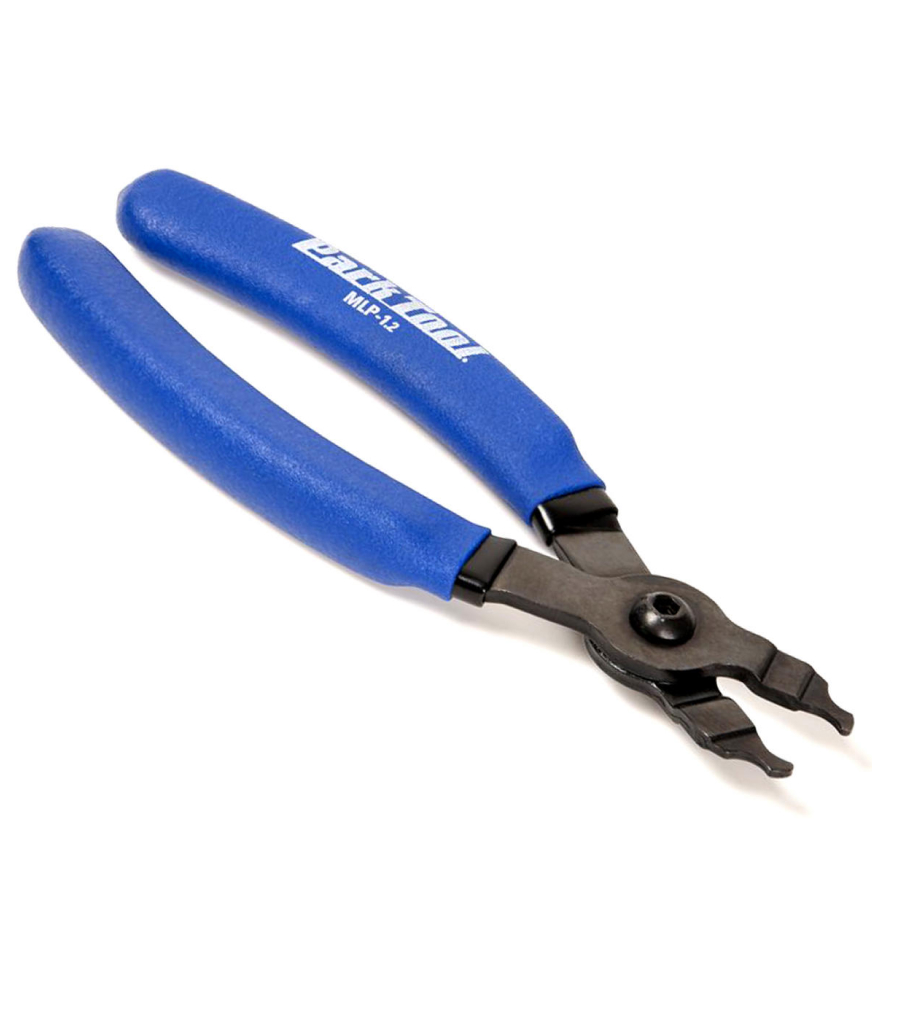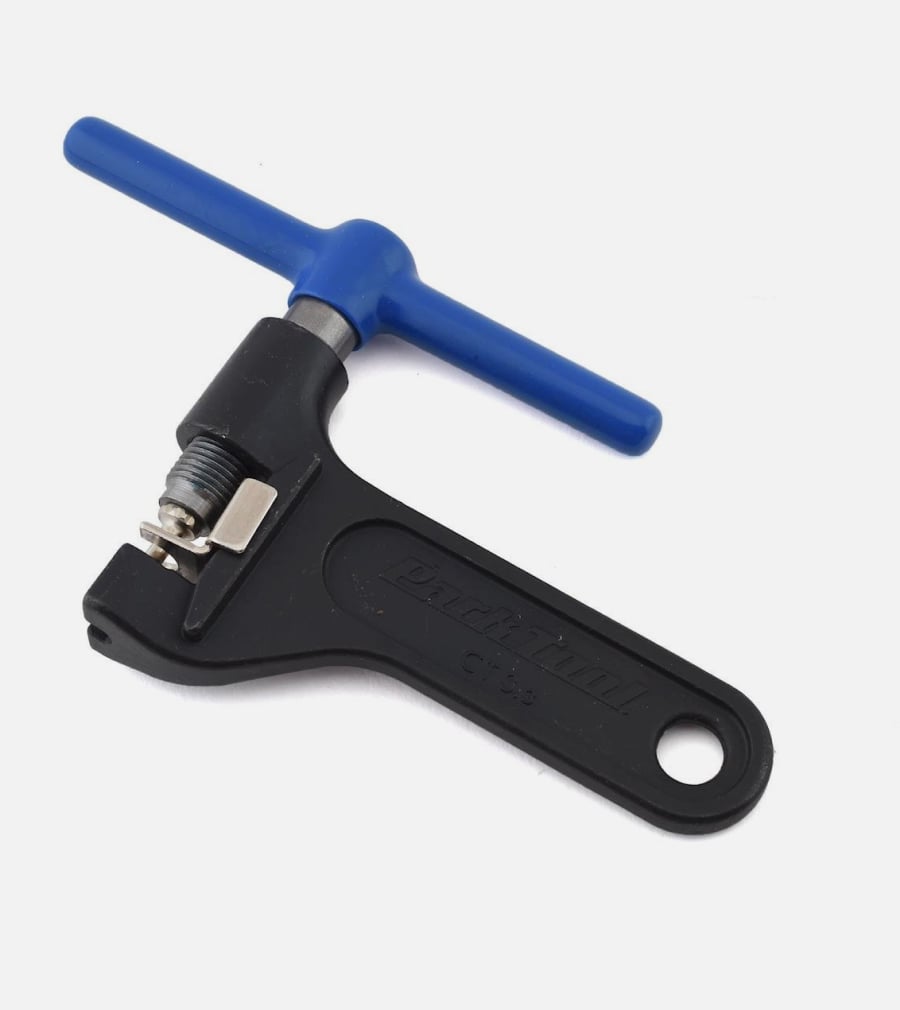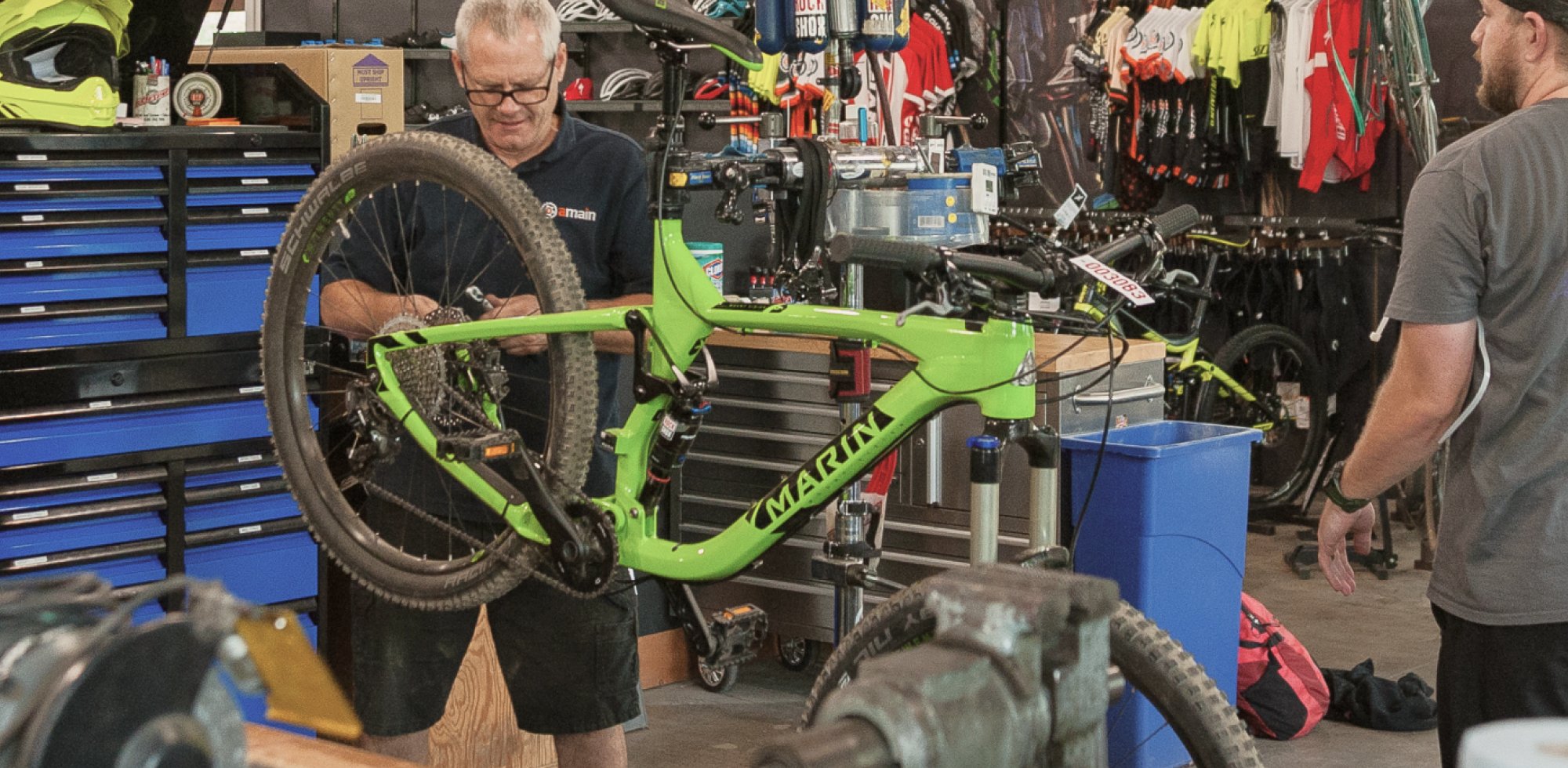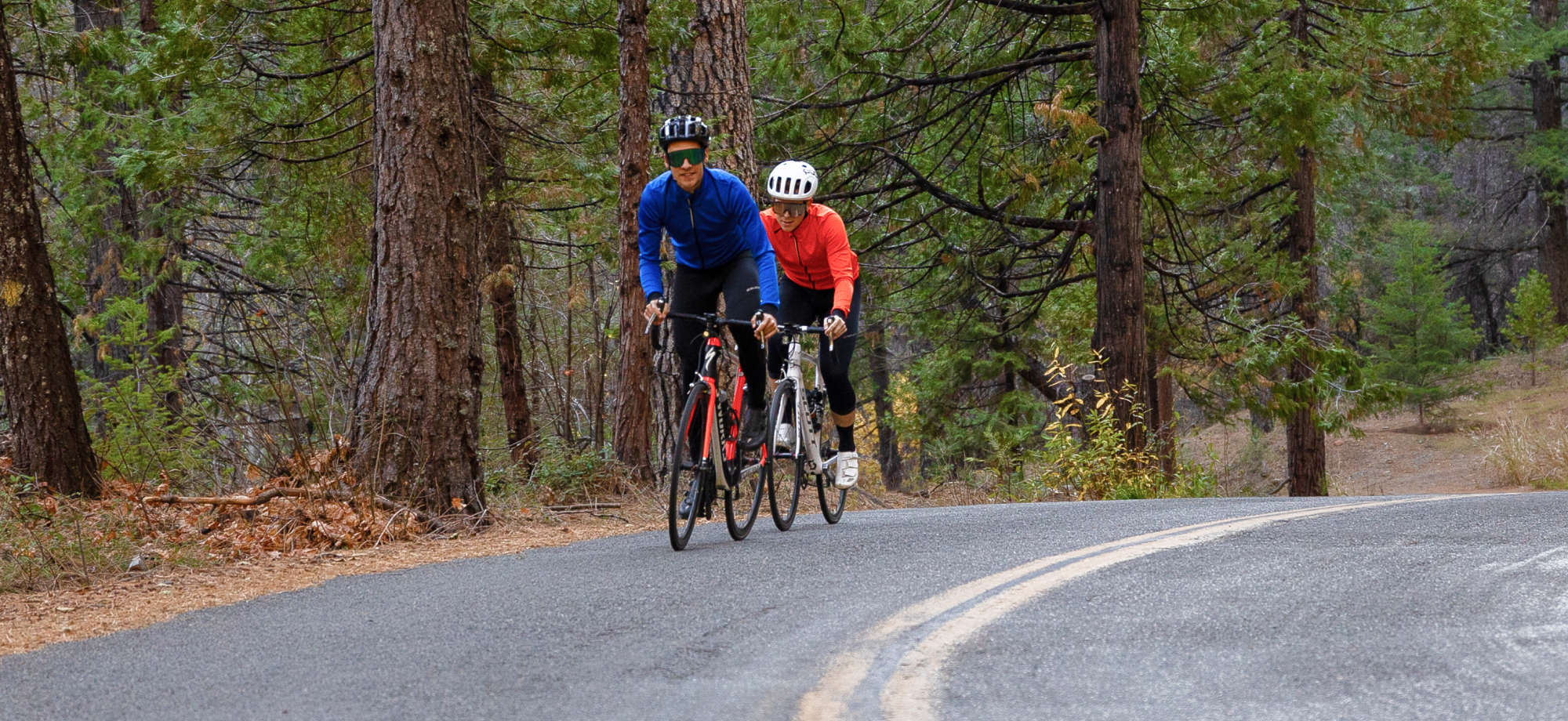How To Maintain Your Drivetrain
Keep your components clean and replace your chain often.
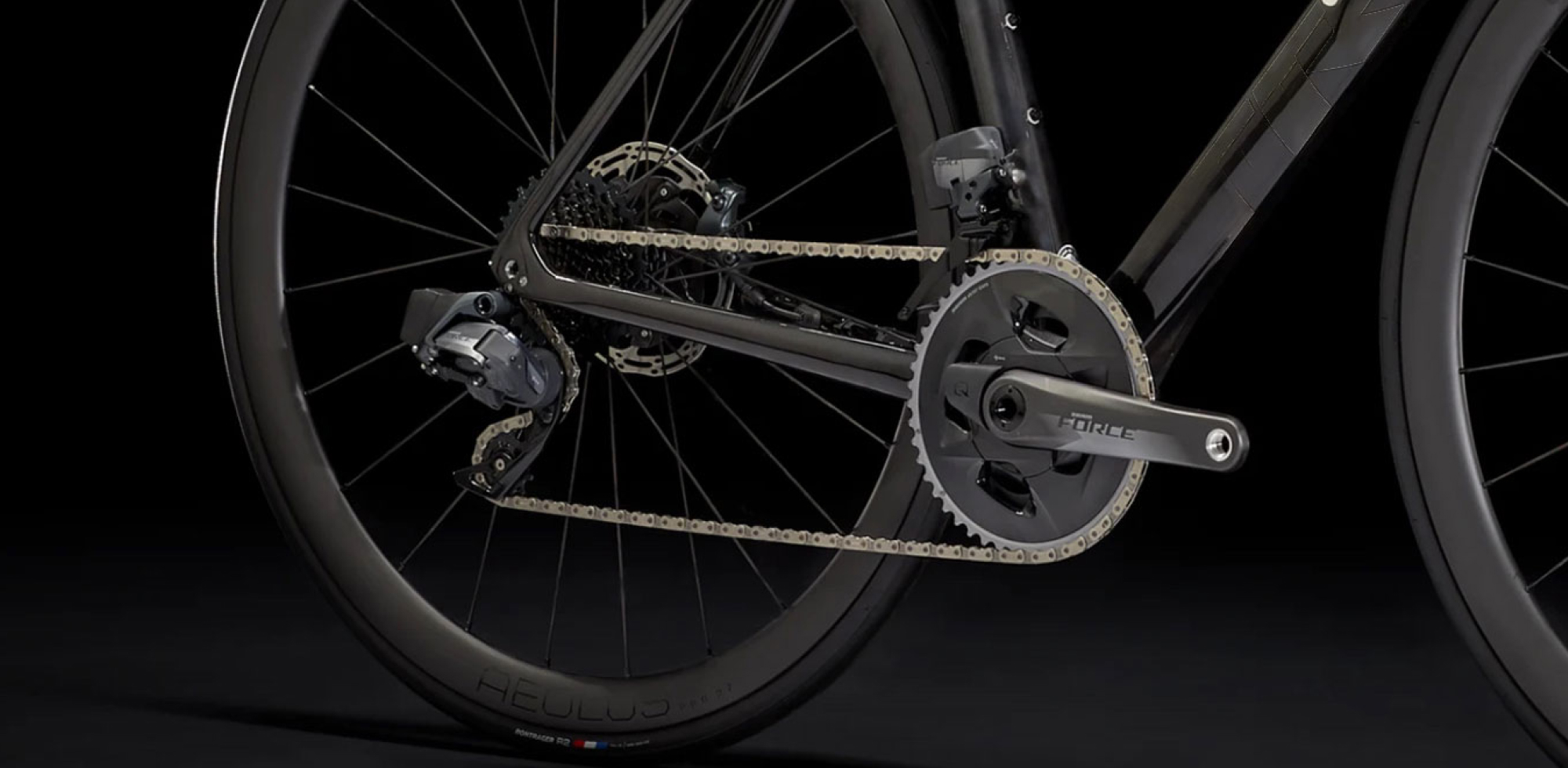
Just like tires, chains wear and need to be replaced. The bicycle chain requires proper maintenance as it is the main component of the drivetrain that can collect all kinds of dirt and debris. As the chain ages, it begins to wear and 'stretch.' Stretching of the chain will often affect shifting performance and will eventually wear down other drive train components like your chainrings, rear cassette, and pulley wheels – or worse, it could break mid-ride. If you ride with a worn-out chain too long, your shifting will degrade and wear out your cassette and chainrings. To fix this, you will have to invest in a new drivetrain which is much more expensive than a chain alone.
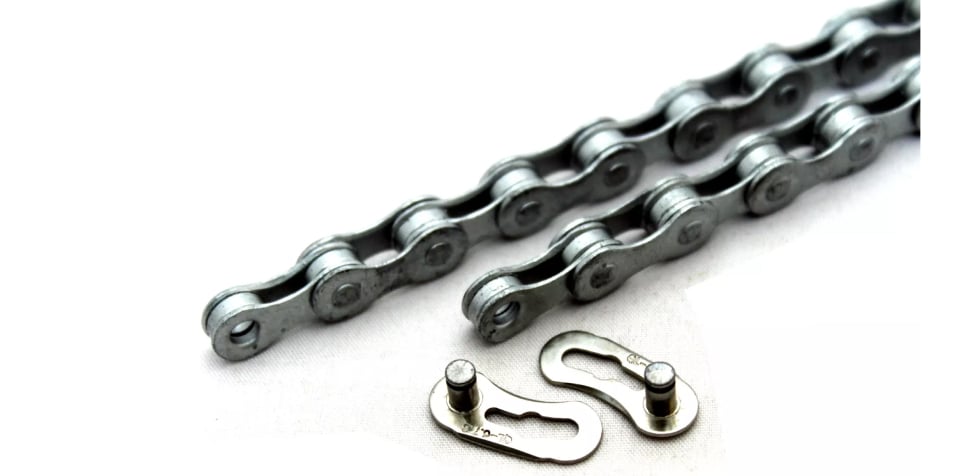
How often should you swap that chain?
A quick google search will turn up various answers - 2,000 miles, 1,000 miles, 750 miles. Unfortunately, miles aren't the only factor to best determine when to swap out your chain.
The truth is, it's going to vary by bike, riding conditions, type of chain, and the rider. If you ride a mountain bike and are slamming gears and torquing up hills, your chain is under a lot of stress and will begin to wear much sooner than that of a chain on a road bike. Also, mountain bike chains tend to encounter a lot more dirt, dust, and mud. These contaminants on the chain expedite drivetrain wear. That said, a road rider in the Pacific Northwest that rides year-round in the rain will likely experience more premature chain wear than a mountain biker in sunny Southern California simply from environmental conditions.
The moral of the story is to replace your chain BEFORE it is worn out. Riders that do this can often go through numerous chains before ever having to consider swapping their cassette or chainrings.
Shop Chain Wear IndicatorsHow to Use a Chain Gauge or Chain Wear Indicator.
These tools are simple to use, but sometimes it’s hard to know what the info they provide indicates. A typical chain gauge shows how worn (stretched) your chain is in either a percentage or a length. If your chain is 100% worn, the chain may have re-shaped the teeth of your cassette and chainrings. If this is the case, a new chain may not mesh with the rest of your current drivetrain. Many of our staff like to replace their chains when they show 50% wear. This tends to get the maximum life out of the rest of the drivetrain that is much more expensive than just a chain.
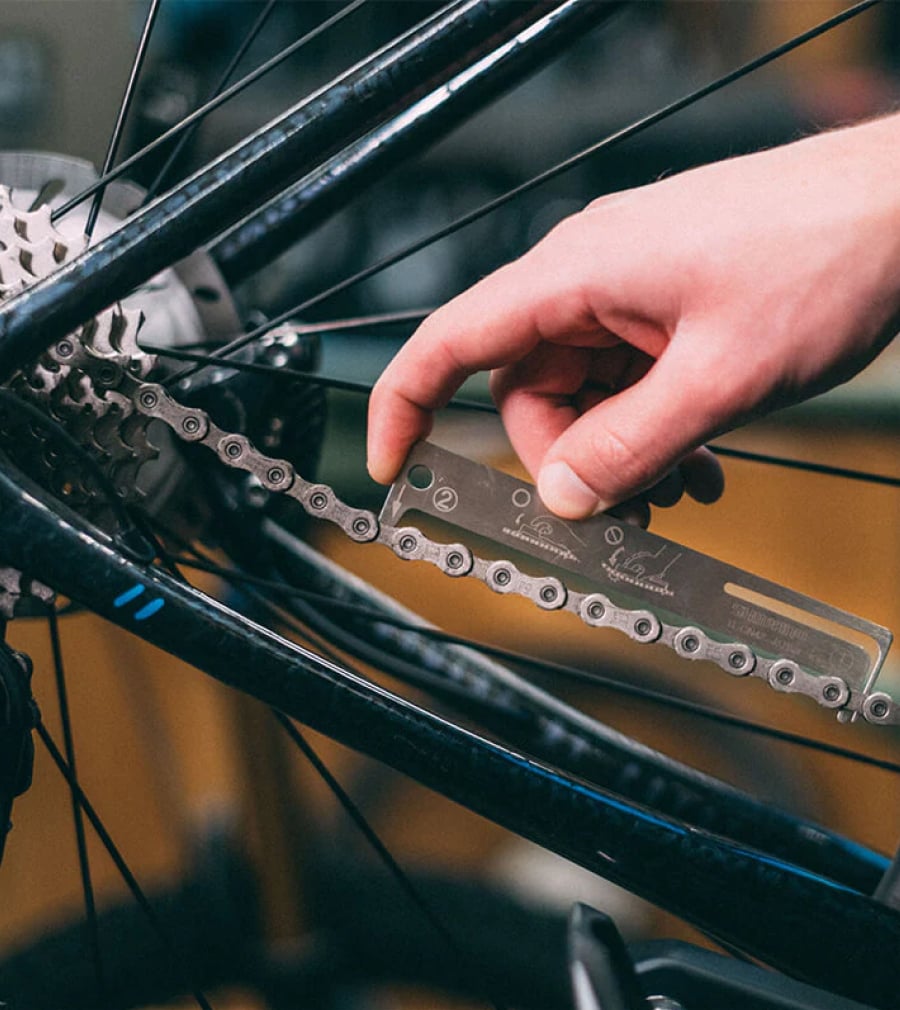
measure that chain.
You may measure the links with a ruler for a ballpark guestimate if your chain is worn. Simply pick a rivet and line it up with the 0 mark. Count 24 rivets and the 12" mark should line up with the last rivet. If it is over 1/16" off, your chain has stretched to the point of replacement.
So, you need to replace your chain?
Chains are speed-specific. As the number of speeds increases, chains get skinner to work with more compact cassettes. If you have an 11-speed bike, buy an 11-speed replacement chain. Some of the most modern drivetrains work as a “system” and require specific styles of chain. For example, SRAM AXS Road products require you use a SRAM Flattop chain. Other manufacturers recommend using the chain they designed for your component group. If you are uncertain what chain you need, feel free to contact our customer service team and we’d be happy to assist you.
Need the tools?
master link pliers
When buying a chain, you will get a new master link or pin to connect the two ends of the chain. While it's not necessary, if your chain does have a master link, we suggest a set of Master link pliers. You'll appreciate them when disconnecting and reconnecting your master link for cleaning or other maintenance or repair that requires removing the chain.
cleaning is key.
When it comes to your chain, it's always nice to have cleaning brushes, tools, and solutions along with some chain lube. Though if you are interested in taking your chain cleaning and care to the next level, look into hot waxing your chain. It’s a more involved process, but it will keep your components cleaner and run faster than a lubed chain.
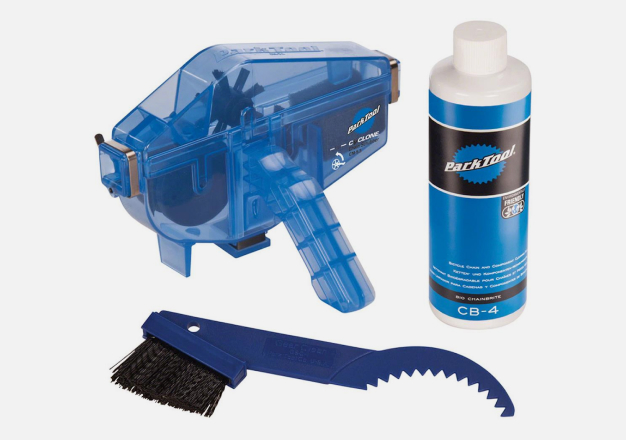
Shop chain cleaning tools
These tools can make it easier to clean your chain. Purpose-built brushes and scrubbers are a great add-on to your cleaning gear.
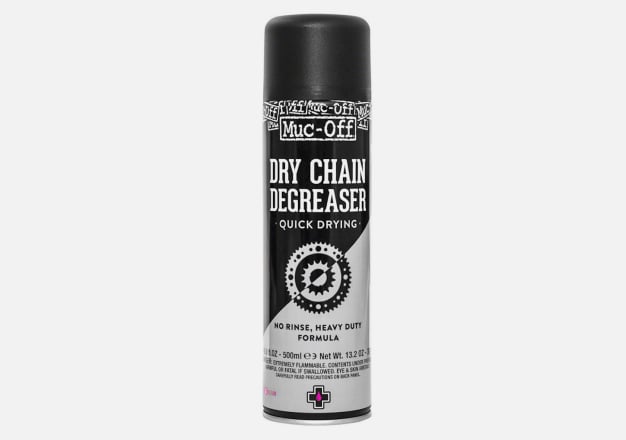
Shop Degreaser
An essential part of cleaning the drivetrain. Apply some degreaser to the chain, cassette, and chainrings to eliminate pesky road grime.

Shop Chain Lube
It’s important to make sure your chain is consistently lubed. This allows it to transfer your hard-earned watts into speed.
Related Articles:
Bike Maintenance & Cleaning Home
Take care of your bike and it will take care of you. As the adage goes "a clean bike is a fast bike"
Learn More
